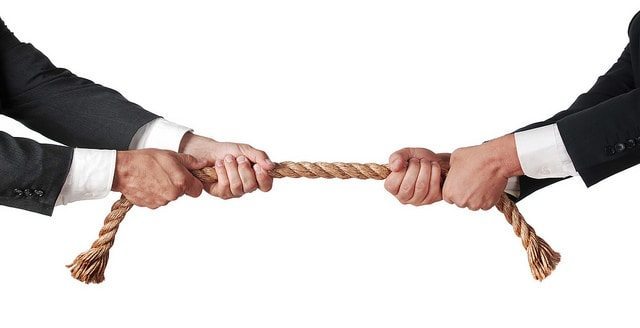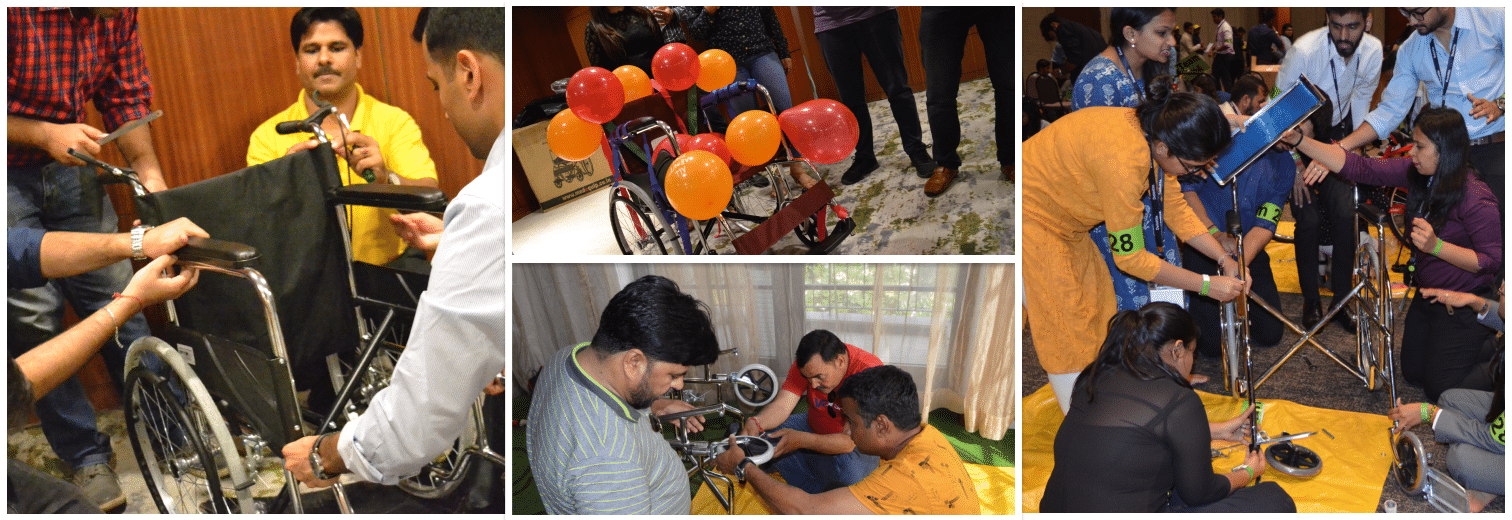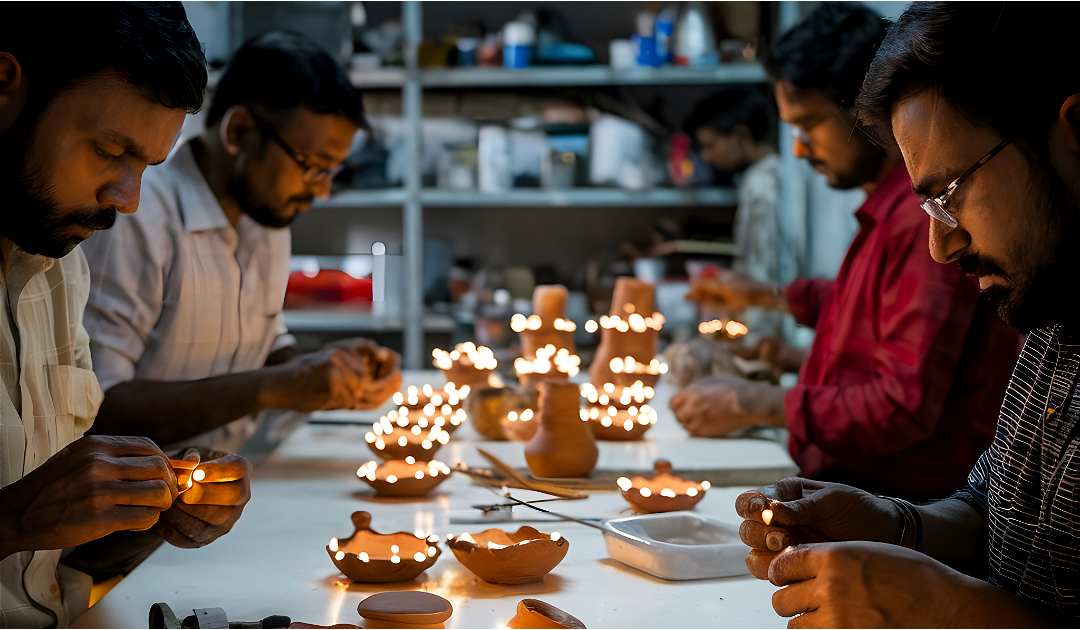Just imagine – What would the world be like without competition? While the first thought is…. “Oh lovely!….. Achieving all targets would be such a breeze!”… its not for nothing that competition is called the spice of life.
Think about it – If there was no competition, America probably would have never landed on the Moon. They simply had to show their biggest competitor, Russia, that they were the best. Competition is a part of living in a free market society; imagine a marketplace with Coke but no Pepsi, Microsoft but no Google or Unilever but no P&G. Competition keeps prices down and quality high as companies try hard to woo the consumers. Sports is replete with legendary rivalries that took the quality of the sport to much higher levels.
 Point made: competition is a good thing. However – Is competition within a team good? Is it really possible to build a team that comprises competitors or rivals who can be united to work collaboratively for the greater good? Let’s explore a few such possibilities – of how this could happen:
Point made: competition is a good thing. However – Is competition within a team good? Is it really possible to build a team that comprises competitors or rivals who can be united to work collaboratively for the greater good? Let’s explore a few such possibilities – of how this could happen:
By putting group goals above self-interest:
Team of Rivals: The political genius of Abraham Lincoln, a book written by Doris Kearns Goodwin describes how Lincoln appointed a cabinet of his three biggest rivals who had previously run against him in elections, and united them to win the civil war. Drawing inspiration from Lincoln, Barack Obama when asked how he would build a successful government referred to Lincoln’s Team Of Rivals and said he would “appoint the best person for the job, regardless of their affiliation, history or any personal grudge”. They did not appoint their rivals to give them power but chose the most able people in the country, for the good of the country.
These leaders needed the best people by their side, people who were strong leaders in their own right and who were very aware of their strengths. They needed people who had different backgrounds, personality and thought processes. That’s an important factor whether you are a leader of a country or the leader of a company.
By Trusting each other:
Being fiercely competitive does not mean not trusting each other. Competition between team members done in the right spirit, creates an atmosphere that breeds excellence. Pit crews for instance, are very competitive but in a good way. They work hard for days, to shave a few tenths of a second on a pit stop. The intra-team or Inter-team competition is healthy when team members are motivated to work towards a common goal of the organization, they trust each other, share their vulnerabilities openly and ask for help from each other. In Patrick Lencioni’s model of The five dysfunctions of a team – he lays out how the first step towards team bonding is – building trust based on vulnerability amongst the team members.
“Trust is the blood of teams – the river that carries it along, that pulses with life, that brings thought and power to everything the team attempts.” Robbins and Finley in Why Teams Don’t Work.
By encouraging openness and conflict:
The competitive spirit to get better and better and not settle for average also brings in conflict within the team members. Patrick Lencioni’s model mentions the second dysfunction of a team as – Artificial harmony amongst team members, because of which they avoid conflict. On the other hand, healthy conflicts between team members that does not degenerate into mean mindedness, is a sign of a good team.
Conflict though is a double edged sword that needs a masterful leader to manage it. Fierce competition could turn ugly and open up opportunities for negative feelings: egos, mistrust, or resentment. Every successful leader knows that a team of stars is not a team unless some of those stars are willing to channelize their formidable talents to the team rather than their individual excellence. Egos have no place in teams; individualism is not welcome.
Conflicting egos amongst team members can often leave scars for a long time. Recall the famous spat in Indian Cricket between Sunil Gavaskar and Kapil Dev, when Gavaskar dropped Kapil for playing a reckless shot in the previous match. Even though Gavaskar claimed that action was meant to bring out the best in Kapil, they never were in good terms again. Later when Kapil led the 1985 Sri Lanka Tour, Gavaskar refused to open, much against Kapil’s wishes.
Managing a team of rivals is far from easy; it takes time, energy and lot of patience. It also needs a very secure leader; an insecure leader undermines his second in commands, which is not good for the team at all. These people attach their egos to their ideas and sacrifice a team to promote a self-serving focus. Congress party vice president Rahul Gandhi’s criticism of an ordinance passed by his government, publicly undermined the authority and position of then Prime Minister Manmohan Singh. The entire incident got lot of media attention and exposed the insecurities within the party’s leadership.
So the competition within the teams if not handled well could lead to downfall of the team. But if it’s channelized well within the groups it could keep them active, energized and motivated. A Japanese story brings out this truth: The Japanese people who always loved fresh fish were deprived of it, as Japanese coastal waters did not hold fresh fish for decades. Fishermen tried all the ways to get the fish from neighboring waters but the freshness was lost by the time it reached the Japanese fish lovers. They even installed huge tanks on the boats but fishes still turned sluggish and lost its taste.
So how did the Japanese manage to have fresh fish? To keep the fish active, someone came with an idea to put a small shark in the tanks. This ensured that fish were challenged and arrived in a lively state. Similarly, competition within teams is often like that shark that keeps everyone on their toes – and hence brings out the best in people.
Do you encourage competition within your team?




